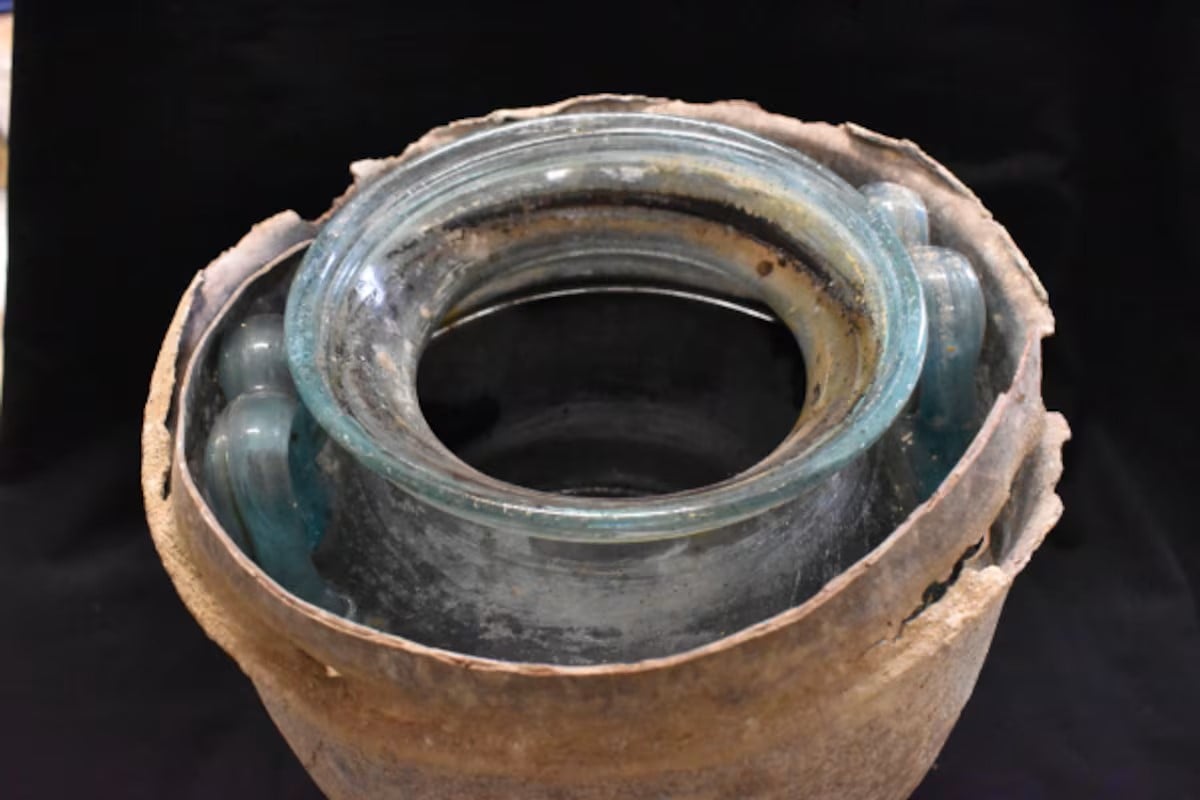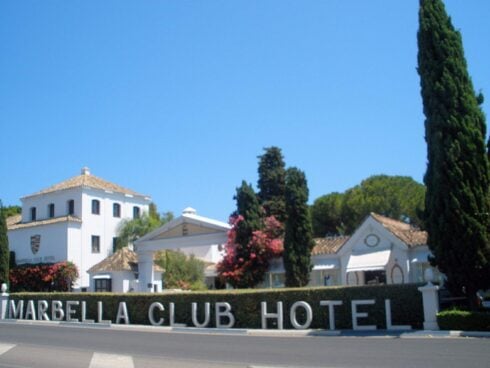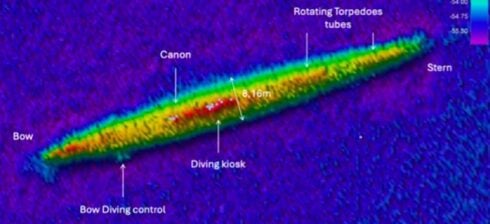AN ARCHAEOLOGICAL team has discovered the oldest wine in the world while investigating a Roman tomb found in 2019 in a house at Carmona in Sevilla province.
Carmona City Council and the University of Cordoba say it has been preserved since the first century AD and is a wine in which the skeletal remains of one of the men in the tomb were submerged in a glass urn.
Although initially it was a white wine, this liquid over time acquired a reddish hue, as confirmed by organic chemists at the University of Cordoba.
READ MORE:
- Traces of 6,000-year-old wine discovered in Spain’s Malaga
- Spain’s oldest white wine celebrates a century

They have identified it as the oldest liquid wine discovered to date, thus replacing the Speyer wine bottle, dated to the fourth century AD, found in 1867 and preserved in Pfalz museum in Germany.
Despite the 2,000 years, the condition of the tomb has been excellent and well-sealed, making it easier for the wine to maintain its natural state.
“At first we were very surprised that this liquid was preserved in one of the funerary urns,” explained Carmona municipal archaeologist, Juan Manuel Roman.
“Because of the good state of the tomb, we could rule out other possible sources for the liquid such as flooding or leaks inside the chamber or condensation processes”.
Cordoba organic chemists studied the pH, the absence of organic matter, mineral salts, and the presence of certain chemical compounds which were compared to current wines made by Montilla-Moriles, Jerez and Sanlucar.
They gave the first indication that the old liquid was wine, but the key was the presence of polyphenols- biomarkers present in all wines.
The absence of a specific polyphenol, syringic acid, also served to identify the wine as white, though where it was actually made is not so easy to pin down.
Mineral salts present in the liquid equate to white wines currently produced in Andalucia.
Click here to read more Sevilla News from The Olive Press.








